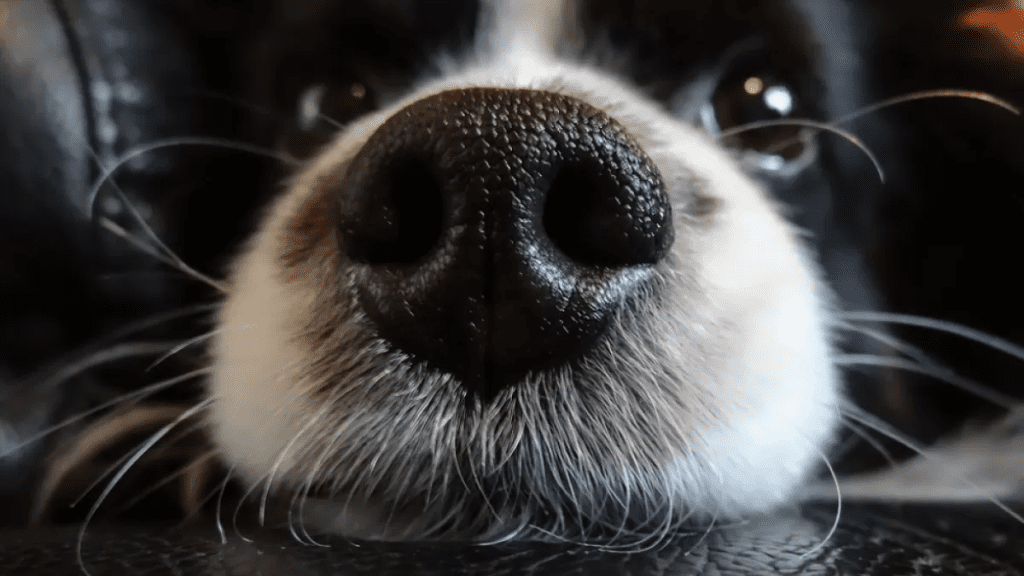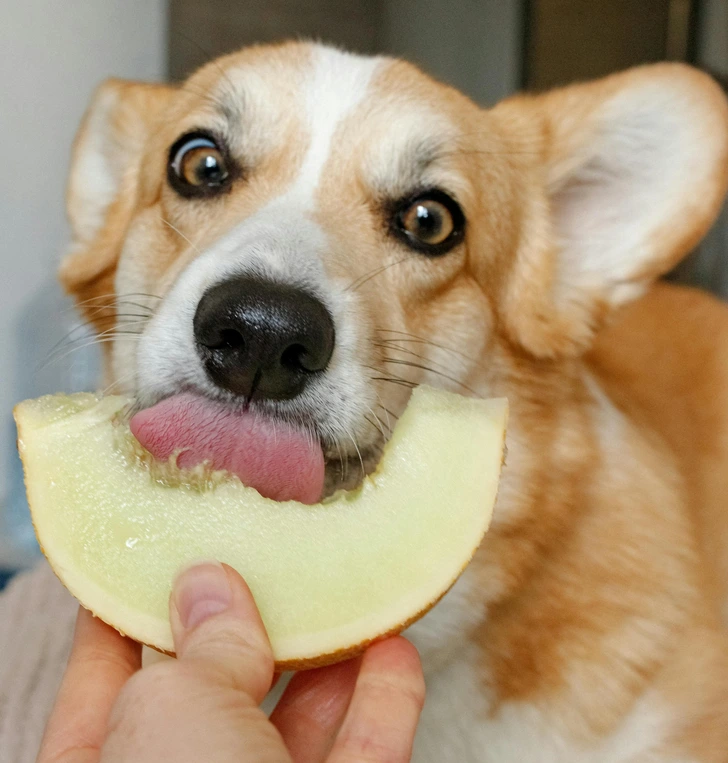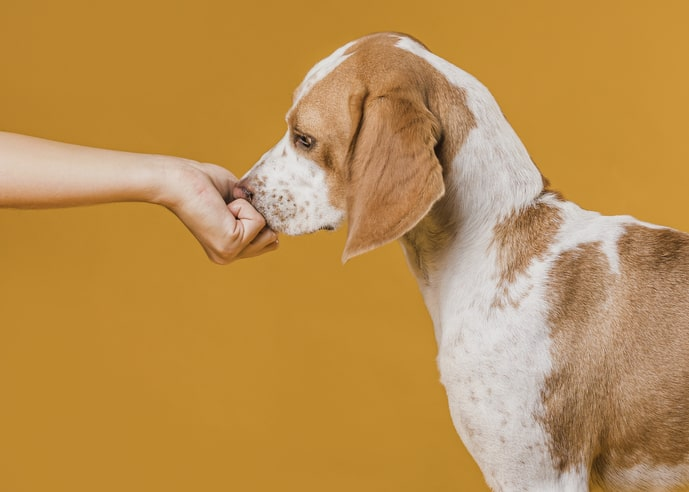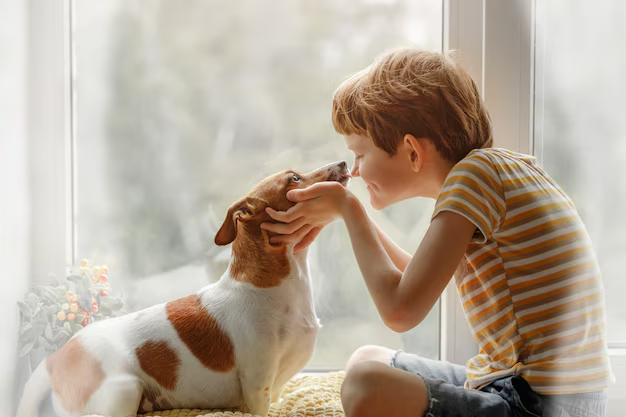
We’ve all heard funny stories of people mixing up identical twins—teachers calling the wrong name, friends confusing one for the other, even close family members making mistakes. Humans rely heavily on visual cues, and when two people look exactly alike, it’s no wonder we get it wrong. But what about dogs? Do our four-legged companions face the same confusion, or do their powerful noses give them an edge?
Dogs Experience the World Through Smell
While we depend on our eyes, dogs depend on their noses. With nearly 300 million scent receptors—compared to our modest 6 million—dogs can detect odors at levels we can’t even imagine. Their brains dedicate about 40 times more space to analyzing smells than ours do. For dogs, every person carries an invisible cloud of unique scents, like a personal signature. No two scent profiles are the same, not even for genetically identical twins.
Video: Can Our Pets Tell Twins Apart?
Scientific Studies Prove Dogs Can Tell the Difference
Several studies have tested whether dogs can distinguish between identical twins. In one well-known experiment in Czechia, researchers worked with trained German Shepherds and Bloodhounds. The twins lived in the same home, ate the same food, and followed similar routines—yet the dogs consistently identified the correct twin by scent alone.
A Japanese study using police-trained dogs found the same result: despite nearly identical DNA, each twin emitted a slightly different scent that dogs could detect. Their extraordinary olfactory ability uncovers subtle chemical variations humans can’t perceive.

Real-Life Stories of Twin Owners and Their Dogs
Science aside, countless twin families share amusing anecdotes. One twin’s Golden Retriever rushes toward either twin, but stops short to sniff and then confidently picks the right one. Another family’s terrier once ran to the wrong twin, expecting belly rubs, then backed off with a comical look of betrayal. Meanwhile, a loyal Labrador never hesitated—always greeting its true owner, no matter how closely the twins dressed or acted alike.
Video: The Science Behind Dogs’ Incredible Sense Of Smell
Factors That Affect a Dog’s Scent Skills
Not every dog has the same nose power. Bloodhounds, Beagles, and German Shepherds are scent specialists, while some toy breeds may not be as reliant on smell. Training also matters: dogs with scent-tracking experience naturally excel at telling people apart. Even motivation plays a role—some dogs might care more about treats than figuring out who’s who!

When Twins Try to Fool Their Dogs
Many twins attempt playful experiments: swapping clothes, mimicking voices, or giving each other’s commands. At first, a dog might hesitate, tilting its head as if puzzled. But ultimately, the nose wins. Their unique scent signature can’t be disguised, no matter how carefully humans plan the trick.
Video: How do dogs “see” with their noses?
Why This Matters Beyond Curiosity
Understanding a dog’s superpowered sense of smell is more than just fun trivia. It’s crucial for training and for professions like law enforcement or search-and-rescue. The fact that dogs can differentiate between identical twins reinforces their value in forensic investigations and missing person cases. Their noses are reliable even when human witnesses might be fooled.

While humans struggle to tell identical twins apart, dogs do it with ease. Their incredible olfactory system captures the subtle chemical differences in each person’s scent, making visual similarity irrelevant. So if you’re an identical twin thinking you can outsmart the family pet—think again. Your dog already knows exactly who you are, no matter how perfectly you and your twin try to match.


